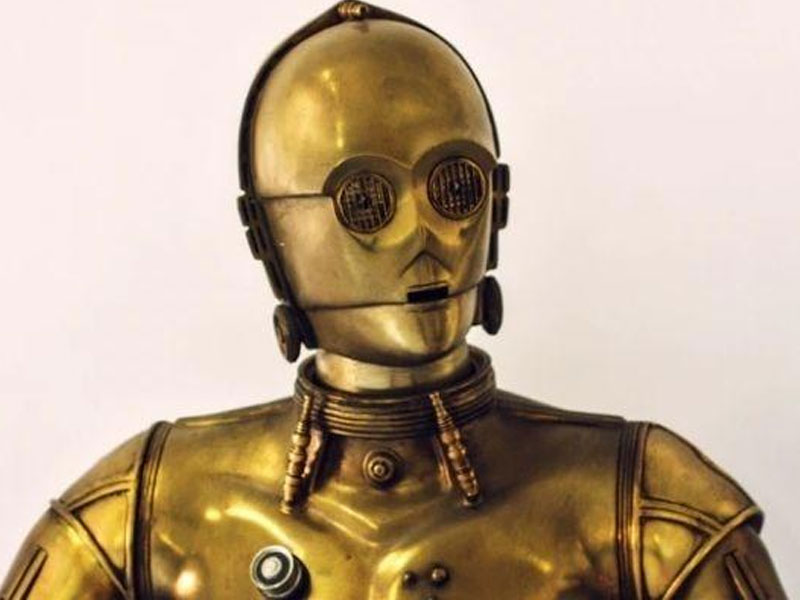Amazon Astro offers security monitoring for small businesses
SOURCE: HTTPS://WWW.THEROBOTREPORT.COM/
NOV 16, 2023
Hold My Coffee! Scientists are teaching Robots how not to spill hot beverages
SOURCE: INDIATIMES.COM
SEP 11, 2021

Highlights
Did you ever imagine that humanity's collective ability to carry hot beverages like coffee in a mug without spilling would be used to train robots? Well, it's happening now. While we may have conditioned ourselves to believe that carrying hot coffee or tea is simple, it's quite the risk every time we decide to strut away with piping hot beverages in our mugs. This may seem like an obviously ridiculous thing to you, but scientists are fascinated by this.
Now, they're studying it to train robots. In new research undertaken by scientists at the Arizona State University in the United States and published in Physical Review Applied, scientists are studying our coffee-carrying abilities to develop smart robots.
Our mind and body work together to keep our hot beverages from giving us burns and spilling onto our clothes. This manufactured sense of equilibrium in your hands is basically a typical response to what scientists have called a "complex object".
In the paper, researchers define a complex object as a system with "internal degrees of freedom, such as a cup of hot coffee handheld by a human in walking".

How humans respond to different stimuli, how they juggle between objects and how our bodies respond to this process is what intrigues the scientists who hope to apply this understanding in the field of soft robotics, which essentially tries to adapt artificial systems to how humans act.
LATEST NEWS
Augmented Reality
Hi-tech smart glasses connecting rural and remote aged care residents to clinicians
NOV 20, 2023
WHAT'S TRENDING


Data Science
5 Imaginative Data Science Projects That Can Make Your Portfolio Stand Out
OCT 05, 2022

SOURCE: HTTPS://WWW.THEROBOTREPORT.COM/
NOV 16, 2023
SOURCE: HTTPS://WWW.OPP.TODAY/
NOV 01, 2023
SOURCE: HTTPS://WWW.THEROBOTREPORT.COM/
OCT 02, 2023
SOURCE: HTTPS://WWW.SCIENCEDAILY.COM/
SEP 13, 2023
SOURCE: HTTPS://WWW.SMART-ENERGY.COM/
AUG 28, 2023
SOURCE: HTTPS://WWW.SCIENCEDAILY.COM/
AUG 22, 2023
SOURCE: HTTPS://WWW.SCIENCEDAILY.COM/
AUG 10, 2023